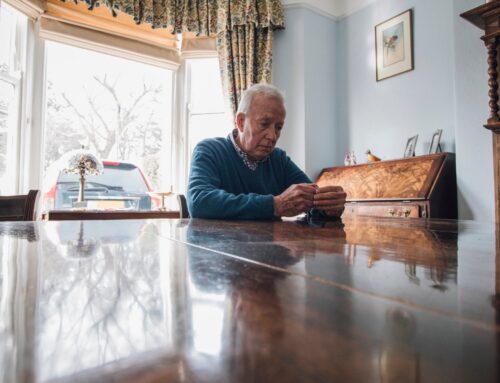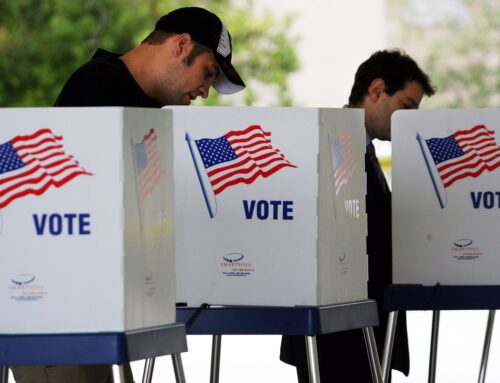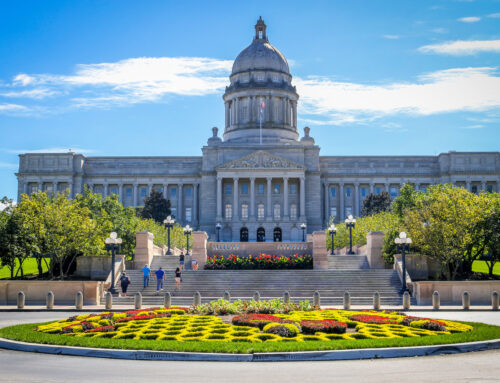Older adults who live in rural America can have particular difficulties accessing healthcare and social support services. Improved collaboration among federally funded programs at the federal, state and local level s is a key component in helping these older adults to connect with available services in their rural communities.
According to the United States Department of Agriculture’s Atlas of Rural and Small Town America, there are 7.4 millions adults ages 65 and older living in rural America. Rural elders are more likely to have limitations in activities of daily living, and suffer from higher rates of chronic disease, according to the National Center for Health Statistics’ “Health, United States 2010: With Special Feature on Death and Dying.”
A story by Suzanne Stack and Dennis Dudley for the American Society of Aging, noted that while rural elders are at a disadvantage because they generally are poorer and sicker than elders in more urban areas, they face additional obstacles because of their geographic location.
This population has limited home- and community-based services options and lacks an awareness about those options. They also encounter issues experienced by all people living in rural areas: workforce shortages, limited transportation, lack of access, inadequate funding for services and ineligibility for those services.
Older adults receive healthcare coverage from a variety of mechanisms such as Medicare, Medicaid and private insurance. But there are additional federal programs that provide services available to older adults in rural areas, including those offered by the Federal Office of Rural Health Policy (FORHP) within the Health Resources and Services Administration and the Administration for Community Living (ACL).
While some of these programs offer healthcare services, others offer social supports that complement healthcare and enable older adults to live in their community environment, to transition from hospitals, get to doctor appointments, obtain nutritious meals, participate in community activities and remain free from abuse and neglect.
While these supports are not necessarily healthcare treatments, they are a central component of overall quality of life. This system of long-term services and supports enables this population to remain safely in community, while also enhancing health.
The ACL works with states, tribes, academic and research institutions, and local community networks to connect older adults and people with disabilities with these services.
But it can be difficult for people to navigate the system. Local area agencies on aging, Centers for Independent Living, Aging and Disability Resource Centers (ADRC) or senior centers can be good starting points.
Nationally, the ElderCare Locator (1-800-677-1116 and www.eldercare.gov) links people to resources and programs in their communities.
The ACL also helps states streamline processes and implement systems that make it easier for people to access the services they need. In these “No Wrong Door” systems, multiple state and community agencies coordinate as ADRCs to ensure that regardless of which agency people contact for help, they can access information and one-on-one counseling about the options available across all the agencies and in their communities.
“Knowing about the availability of ADRCs and the ElderCare Locator is an important first step in helping people living in rural areas locate and access needed services,” said Dennis Dudley, Aging Services Program Specialist at ACL and member of the National Advisory Committee on Rural Health and Human Services (NACRHHS).





